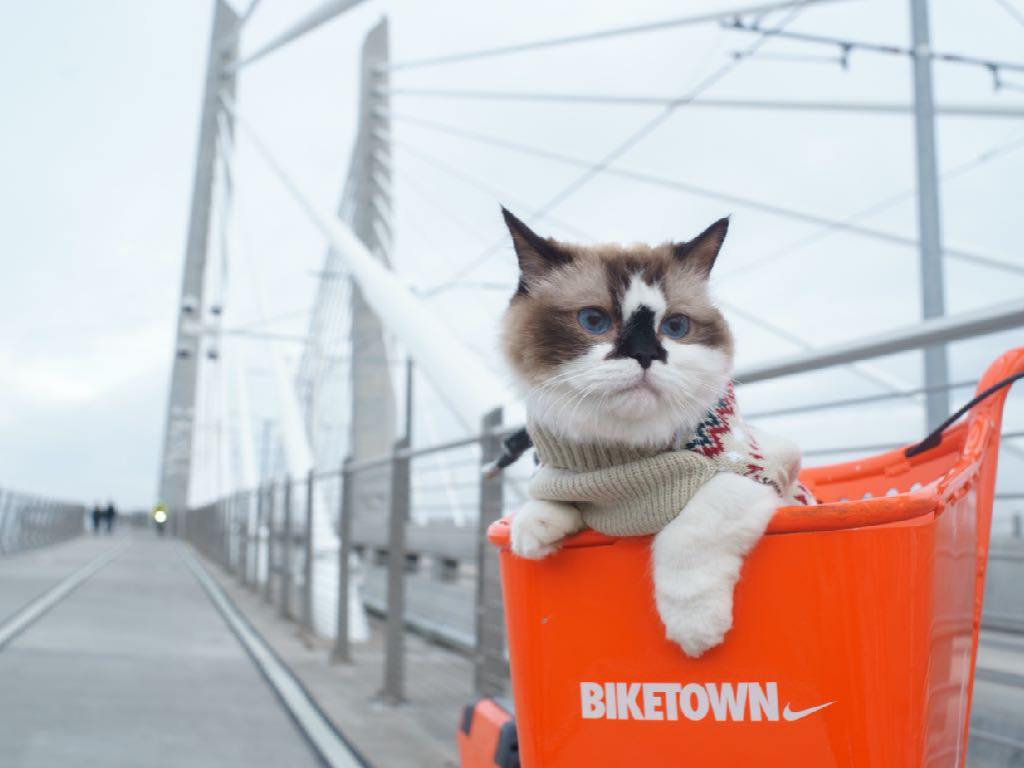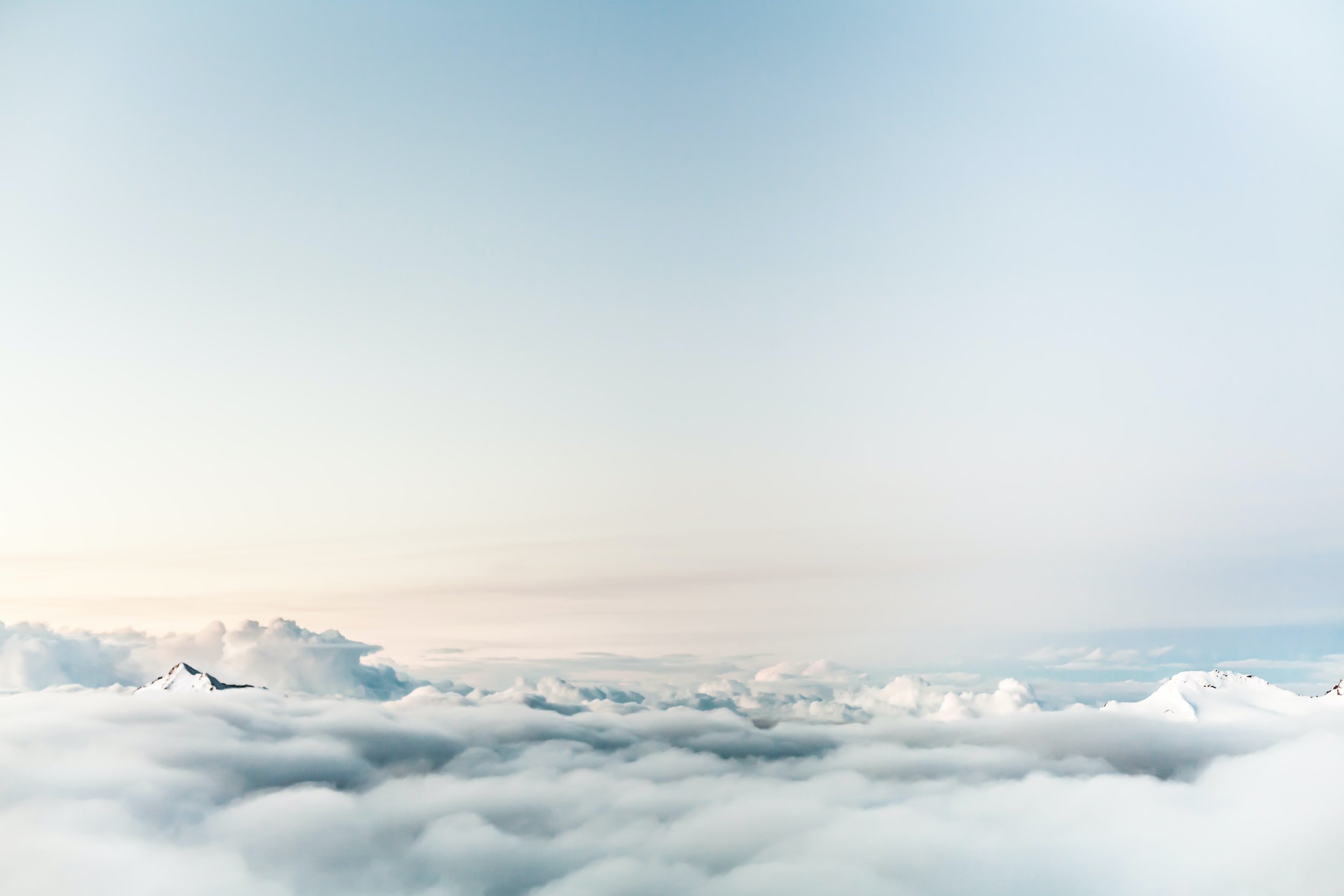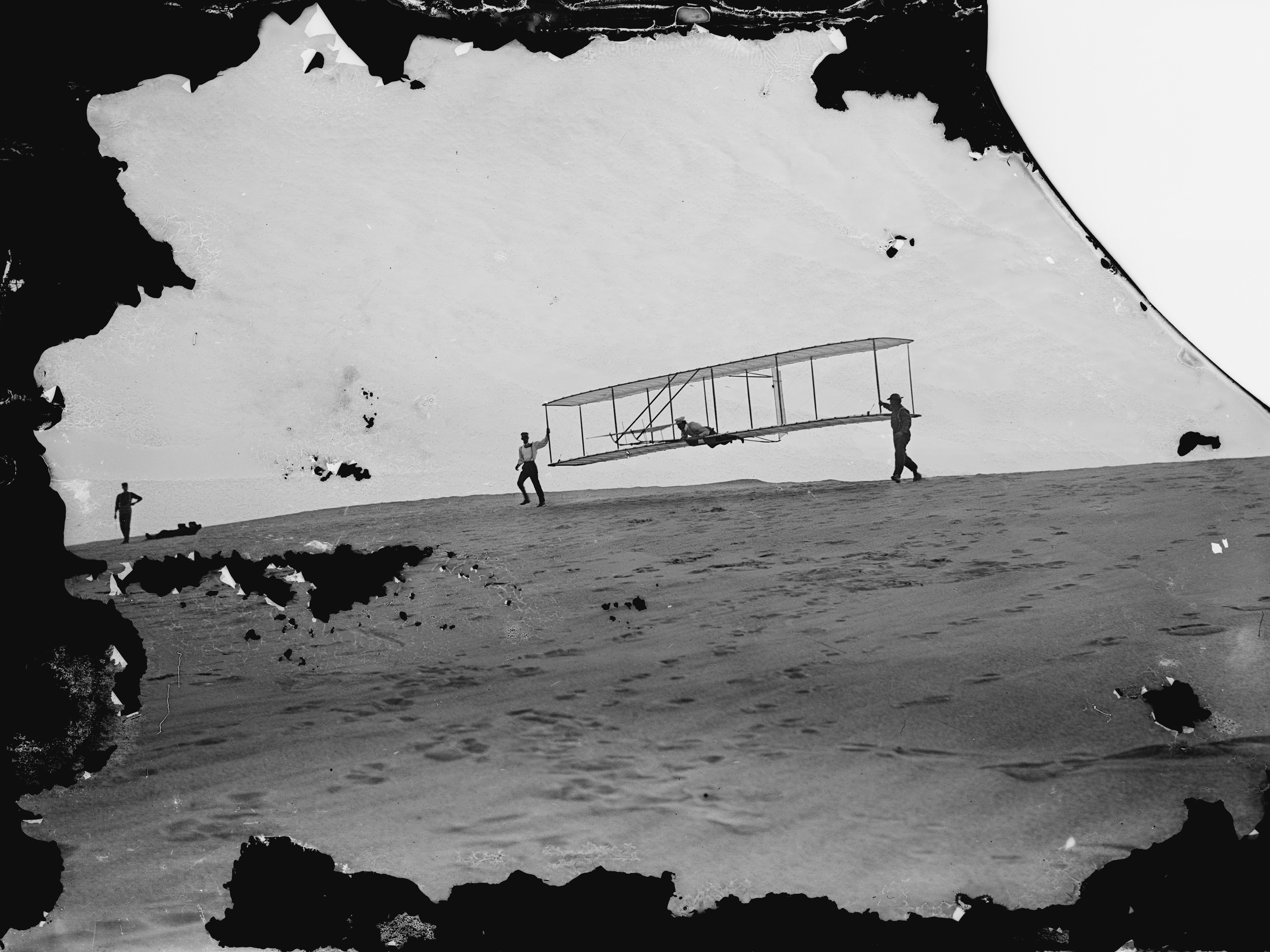
On Curiosity*
In times of instability, curiosity provides the raw materials to adapt creatively to changing conditions¹. In this brief, I explore how an understanding of curiosity is vital.
Being in a state of curiosity drives creativity, which allows us to adapt to change. While most of us recognize the importance of curiosity, our environments don’t always support it: For example, many employees encounter barriers to curiosity at work, despite encouraging employers².
Curiosity rarely comes about in isolation. Rather, it emerges as a result of our interactions with the world around us.
〰️
Here are some ways to evoke curiosity⁴.

In practice
Now that we have a better understanding of how we all approach curiosity — and how to encourage it — here’s an example of how curiosity can cultivate creativity.
Idea linking is a thinking technique that uses earlier ideas as an input for later ideas — each idea is a stepping stone to the next. This state of curiosity fuels creativity⁵.
Here, we can see how the Wright Brothers’s curiosity as bike shop owners set flight.















